10 pop culture paradoxes in the Marvel Cinematic Universe
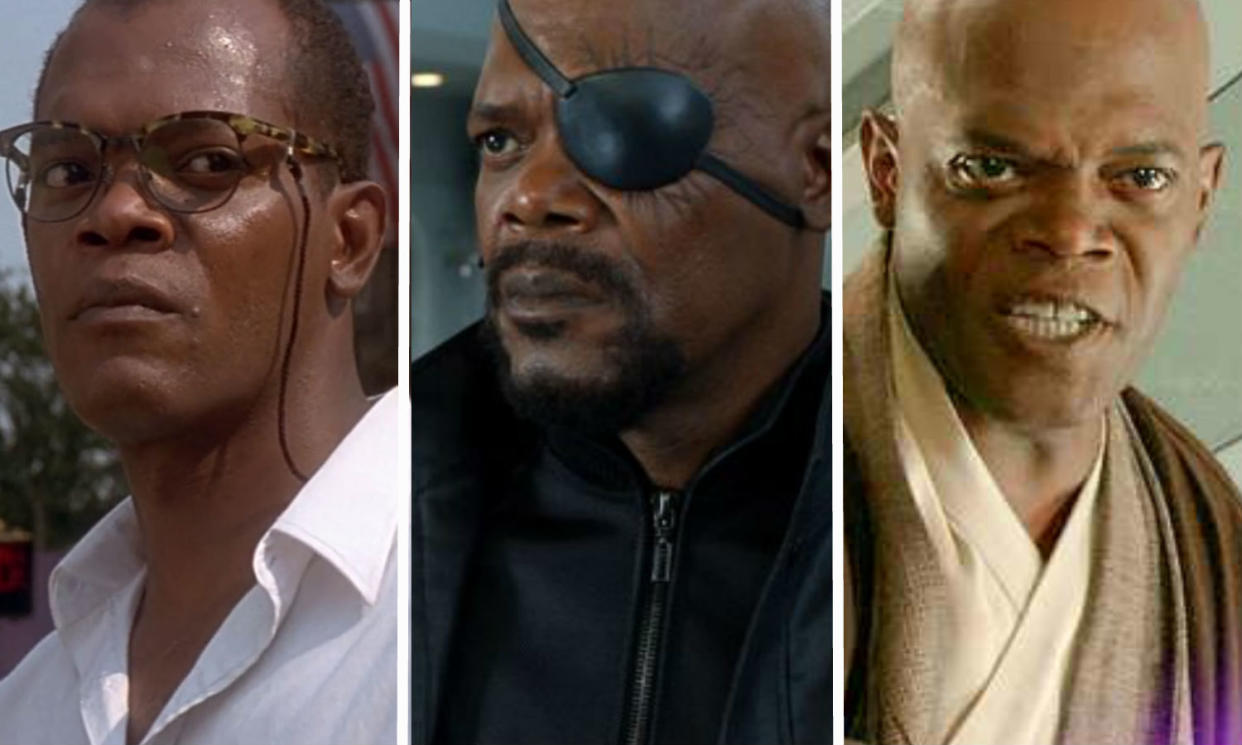
The Marvel Cinematic Universe is expanding like no other franchise, and it continues to secure the world’s biggest stars to join the party.
However, in a world where Tony Stark rocks a Black Sabbath t-shirt, Captain Marvel crash lands into a Blockbuster Video store, and Elon Musk pops up at the Grand Prix, we’re expected to assume that the MCU takes place in a world that’s virtually identical to our own. That means it has the same movies, TV shows, and bands existing in their world as ours.
And like the Marvel Comics, the movies have a penchant for pop culture references which is causing quite the paradoxes to form in the MCU.
Here are ten examples where Marvel’s reality and the real-world collide.
Star Wars

George Lucas's space opera first appeared in the MCU via Captain America: The Winter Soldier in Steve Rogers' notebook filled with pop culture items he needed to catch up on, but it's not until Spider-Man arrives that the references turned up a notch.
Peter Parker not only mentions The Empire Strikes Back when he takes down Giant-Man but his best friend Ned has a Lego figure of Emperor Palpatine as well as a Lego Death Star. In Spider-Man: Far From Home, Peter has a TIE Fighter on the shelf in his room but the real kicker is when Nick Fury quotes Shakespeare and tells Peter he won't get it because it's not a Star Wars reference.
Read more: Spider-Man leaving the MCU
Samuel L. Jackson, of course, played Mace Windu in the Star Wars prequel movies so there lies the pop culture paradox. Same goes for Natalie Portman’s Jane Foster and Padme, Benicio del Toro’s The Collector and DJ, Ben Mendelsohn’s Talos and Orson Krennic, even Ant-Man and the Wasp’s Ghost, played by Hannah John-Kamen who also appeared in The Force Awakens as a First Order Bridge Officer.
Avengers: Endgame directors Joe and Anthony Russo recently addressed the paradox when they appeared on Lucasfilm’s YouTube series The Star Wars Show.
“Nick Fury happens to look a lot like Mace Windu,” they explained. So that clears that up then.
Die Hard

The Bruce Willis movie was referenced accidentally by Ant-Man during Endgame and everybody knows that Samuel L. Jackson was the stand-out addition to the third film - Die Hard with a Vengeance - as Zeus Carver.
Are we sure Nick Fury wasn’t moonlighting as an actor, you know, hiding in plain sight? Or did the same actor who played Mace Windu also play Zeus. Probably.
Stan Lee
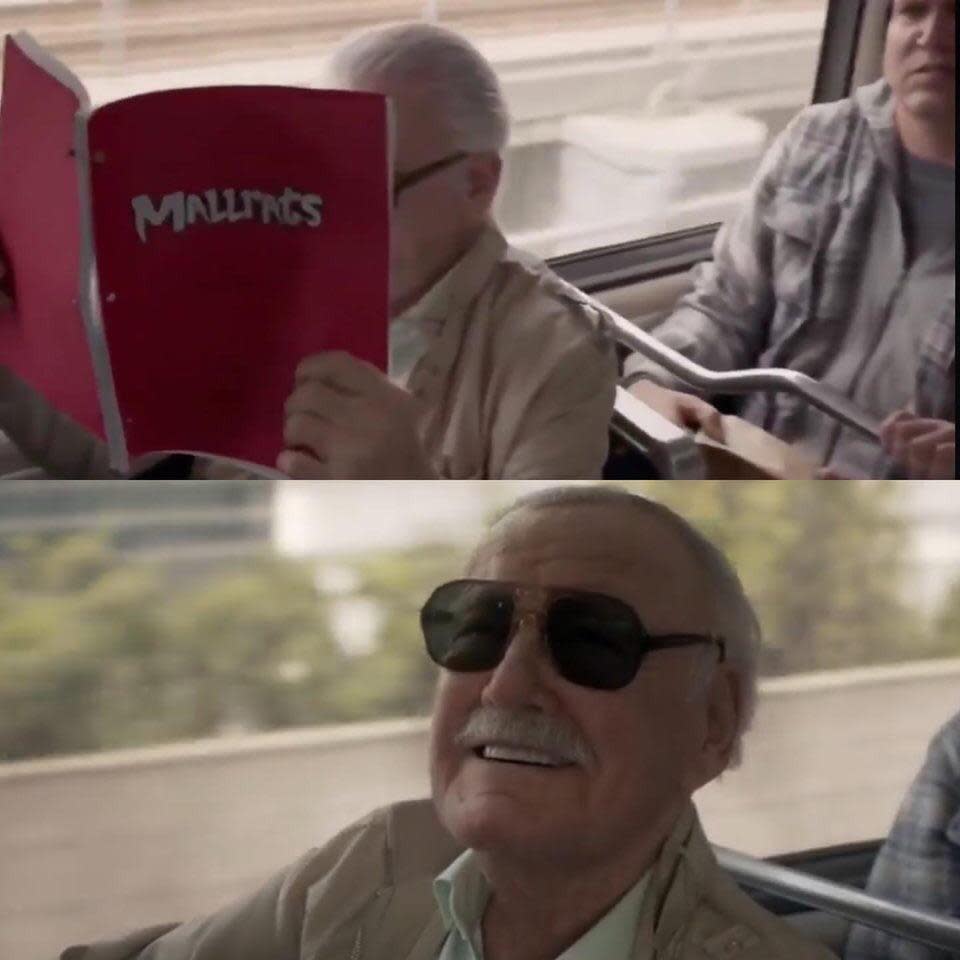
Stan Lee’s cameo in Captain Marvel was rather funny because it had him reading a script for Mallrats, which he also had a cameo in.
Now, if that’s Stan Lee playing himself rather than a character then that creates a paradox of epic proportions as it would mean the creator of Marvel comics and most of the characters exists in the same world as them.
Hot Tub Time Machine
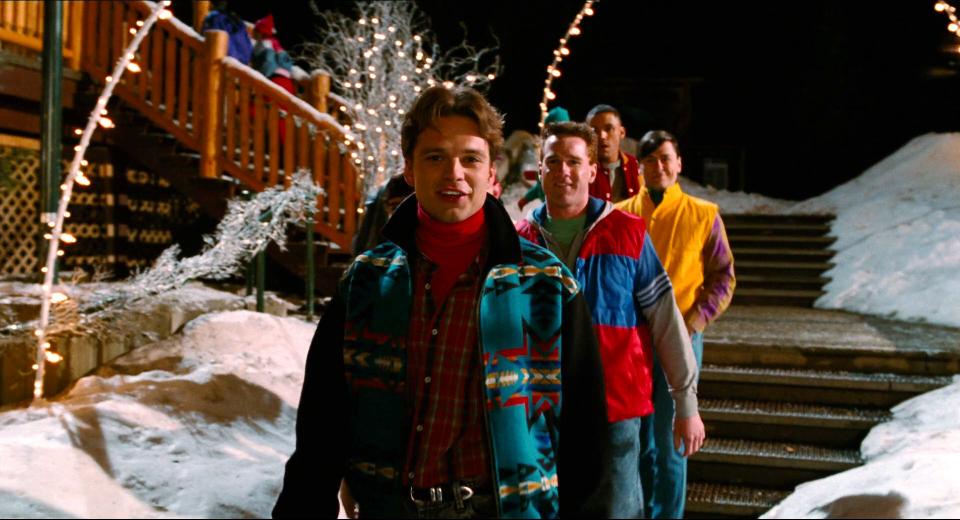
In Avengers: Endgame, Bruce Banner tries to explain how time travel works and why they can’t just go back in time to kill Thanos as a baby when Rhodey suggests it. This leads to him, Clint and Scott listing several movies about time travel that use that exact theory and Hot Tub Time Machine is one of them.
The 2010 movie stars Sebastian Stan - he plays the ski resort bully in the 1980s called Blaine - who is Bucky Barnes in the MCU.
Maybe in this universe, Stan didn’t appear in it and maybe, like, Ashton Kutcher did?
Lord of the Rings
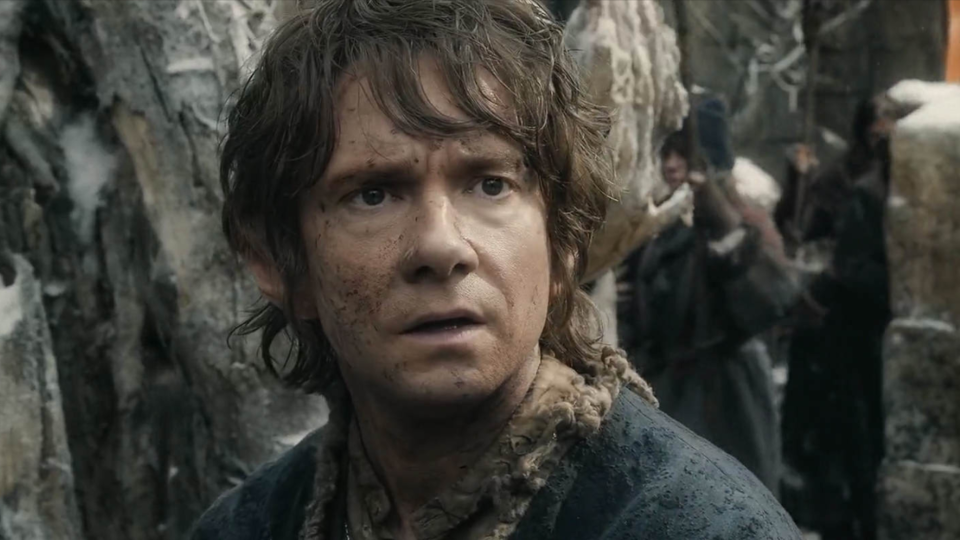
So we know that Lord of the Rings exists in the MCU because of Tony Stark. Who can forget his Legolas nickname for Hawkeye in Avengers: Assemble during the climactic Battle of New York?
There are plenty of MCU actors who have appeared in Middle Earth too: Liv Tyler played Arwen and appears as Betty Ross in The Incredible Hulk; Karl Urban played Eomer and Skurge in Thor: Ragnarok; Hugo Weaving played Elrond but also the Red Skull in The First Avenger; Lee Pace played Tharanduil as well as Ronan the Accuser in Guardians of the Galaxy and Captain Marvel; Evangeline Lilly played Tauriel in The Hobbit trilogy (not a Tolkien character) as well as Hope van Dyne; Bilbo Baggins himself, Martin Freeman, plays Everett Ross; David Wenham played Faramir as well as Harold Meachum in Iron Fist; and Cate Blanchett played Galadriel as well as Hela in Thor: Ragnarok.
Read more: Marvel’s diversity timeline
Still, the books and not the movies may exist in the MCU, negating the paradox but with the number of movie references Tony likes to make, it’s easy to believe he was referring to Orlando Bloom’s quick-firing arrow-man Legolas.
Bill & Ted

This was another of the movies used as an example of well-known time travel rules in that Avengers: Endgame scene, which means its sequel, Bill & Ted’s Bogus Journey also exists in the MCU.
The thing is, William Sadler played the Grim Reaper in the movie, and is also President Matthew Ellis in Iron Man 3 and the Agents of S.H.I.E.L.D. episodes “Laws of Nature”, “Bouncing Back” and “Parting Shot”.
David Hasselhoff
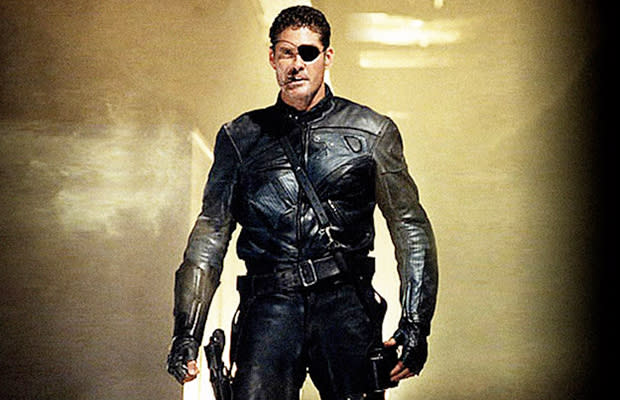
Peter Quill liked to pretend that David Hasselhoff was his dad and the Baywatch star even made an appearance in Guardians of the Galaxy Vol. 2.
However, Hasselhoff also played a version of Nick Fury in a 1997 movie (which was originally a failed pilot) but as Peter has been in space since the ‘80s he probably wouldn’t have seen the movie anyhow.
Sherlock

On the U.K. version of Steve’s list the BBC detective series is listed starring Doctor Strange and Everett K. Ross as Sherlock and Watson.
Sorry, that would be Benedict Cumberbatch and Martin Freeman as Sherlock and Watson. The celebrity paradox strikes again.
Star Trek

Star Trek is on Steve’s list of things to watch and the MCU features Captain Kirk’s dad George played by Chris Hemsworth (Thor), Uhura played by Zoe Saldana (Gamora), McCoy is played by Karl Urban (Skurge), villain Khan was played by Benedict Cumberbatch (Stephen Strange) and fellow baddie Krall was played Idris Elba (Heimdall).
The Manchurian Candidate
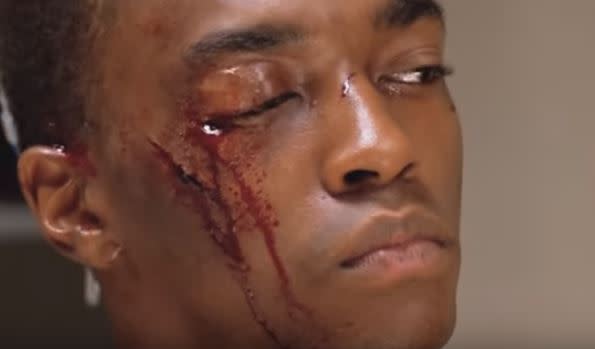
Tony Stark calls Bucky/The Winter Soldier, “the Manchurian Candidate” because he also has been brainwashed for sinister purposes and is in the control of those who have the activation words.
If Stark was referencing the book or the 1962 book then there’s no paradox to worry about but if he’s referencing the 2004 movie then how do you explain Sam Wilson looking the same as Anthony Mackie who appears as PFC Robert Baker III?
A conundrum indeed.

 Yahoo Movies
Yahoo Movies 
